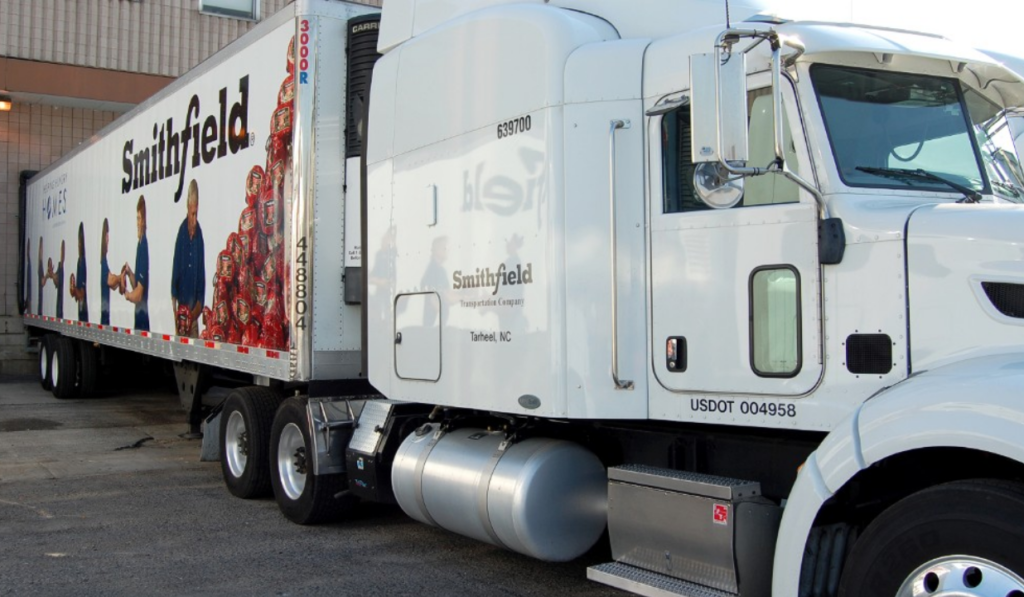FourKites Releases Real-Time Temperature Tracking Solution for Shippers
FourKites, a leader in multimodal supply chain visibility solutions for Fortune 500 companies, has launched what it terms “the industry’s first real-time temperature and location tracking solution for shippers.”
The offering will allow FourKites’ customers to monitor shipment temperatures and ensure compliance across their supply chains.
This approach is engineered to make it easier for enterprise shippers to comply with the Food Safety Modernization Act (FSMA), which requires shippers and carriers to take steps to ensure that temperature-sensitive foods remain within specified safe temperature ranges during transit.
The goal is to reduce spoilage, operational costs and one-time spot buys.
“As a partner to the largest food and beverage companies in the U.S., helping our customers achieve FSMA compliance is a natural evolution of our product,” said Mathew Elenjickal, founder and CEO of FourKites. “Our real-time temperature tracking solution will enable customers across a wide range of industries to ensure the safety and freshness of their products.”
One such customer using FourKites Temperature Tracking is Smithfield Foods, the world’s largest producer of pork products with leading consumer packaged meat brands across categories.
Transporting temperature-sensitive goods like produce and pharmaceuticals cross-country has historically created challenges, even for vehicles equipped with the latest refrigeration and telematics systems, because of the lack of real-time connectivity between carriers and shippers.
FourKites’ solution solves that challenge by relaying load temperatures in tandem with location data every 15 minutes from leading telematics and trailer temperature tracking manufacturers. Customizable notifications alert users as soon as temperatures fall outside a specified range. Visualization and analysis tools enable shippers to review individual and aggregated load temperatures over time to spot trends and to compare against industry benchmarks to improve operationally.
Category: Featured, General Update










